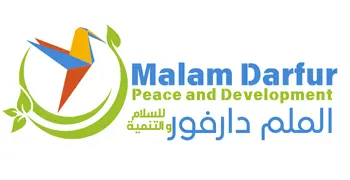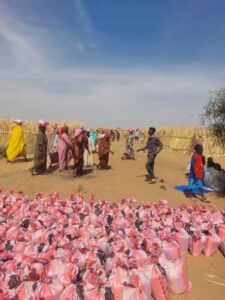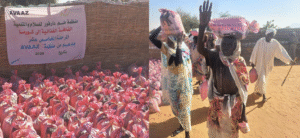Agriculture and animal production are the main occupations of most of the population of South Darfur and other Darfur states. Agriculture and animal production are also the basis for socio-economic activities in all rural areas. South Darfur has a population of approximately 3.6 million, 80% of whom practice agriculture and livestock.

The arable land in the state of South Darfur is estimated at about 16 million acres, of which only 7 million are used for cultivation, which is grown depending on rainfall irrigation in the fall season.
Rainfall agriculture accounts for 70% of the total agricultural activity in South Darfur State, which mainly produces millet and maize crops, as well as other crops such as oilseeds, peanuts and sesame, as well as hibiscus, melon, tomato and okra.
South Darfur is well-recognized by its horticulture production in various places. The total estimated area under fruits production is 15,300 acres and 67,000 acres for vegetables.
In addition, the state of South Darfur is characterized by a wide forest cover that is an important source of livelihood for a large sector of the population in the fields of forest production such as Arabic gum, honey and timber.
All the northern localities of South Darfur have more than a quarter of the country’s arable area, making it an important and promising area for agricultural development.
MDPD is currently implementing a number of projects to develop the agricultural sector in the first phase areas in the localities of Al-Malam, East Jebel Marra and Mershing.
This will transfer the social economy from the stage of meeting people’s needs to profit, and developing it to the stage of growth. This will open up prospects for contributing to national output.
To this end, the MDPD will support the agricultural sector with the following ways:
- The establishment of an agricultural research center to develop a scientific framework that ensures land tenure, crop diversity and pest control.
- Providing adequate water for irrigation from wells and investing rain water through water harvesting.
- Introduce modern technology in agriculture by providing modern tools used in agriculture, harvesting, transport and storage.
- Opening markets to accommodate agricultural products




